
Ryan Zhang is a student at Harvard Law School and a member of the Labor and Employment Lab.
Our nation’s cornerstone workplace discrimination law, Title VII of the Civil Rights Act of 1964 prohibits employers from “discriminating on the basis of race, color, religion, sex, or national origin.” Since its enactment, Title VII has applied broadly across the American workforce, but its reach has often been contested by religious institutions asserting religious freedom. Addressing this tension, the Supreme Court in 2012 recognized the “ministerial exception” — a constitutional carve-out that bars courts from hearing Title VII claims brought by employees deemed “ministers” of religious institutions. But what began as a narrow safeguard for core religious leaders has become a tool that, if stretched too far, threatens to deny broad categories of employees the civil rights protections Congress guaranteed.
The Supreme Court first recognized the ministerial exception in Hosanna-Tabor Evangelical Lutheran Church and School v. E.E.O.C. The Court held that employment discrimination claims brought by “ministers” would impermissibly intrude on a religious organization’s autonomy in choosing its leaders. The Court declined to adopt a rigid definition of “minister” but highlighted four considerations: (1) the employee’s “formal title,” (2) the “substance reflected in that title,” (3) the employee’s “own use of that title,” and (4) the “important religious functions [the employee] performed.” These factors were meant to distinguish truly ministerial roles, exempt from Title VII, from ordinary employment.
The Court’s reasoning in Hosanna-Tabor planted seeds for sweeping application. By framing the inquiry around an employee’s “functions,” the Court opened the door for religious employers to characterize a wide range of duties as central to their mission. This approach gave organizations broad latitude to define ministerial roles for themselves, setting the stage for courts broadening the doctrine beyond clergy.
Some of that broadening came from the Supreme Court itself. In a pair of subsequent cases — St. James School v. Biel and Our Lady of Guadalupe School v. Morrissey-Berru — the Court applied the ministerial exception to educators who were not clergy and had never undergone formal ordination or commissioning. These educators, referred to as “lay teachers,” lacked extensive theological training or ministerial titles but nonetheless taught religion classes, led students in prayer, and “‘model[ed] and promote[ed]’ Catholic ‘faith and morals.’” Such teachers could be deemed ministers, the Court concluded, because they were responsible for “educating young people in their faith” and “training them to live their faith.”
Lower courts have likewise adopted expansive readings of the ministerial exception. In Billard v. Charlotte Catholic High School, the Fourth Circuit extended the exception to a drama and English teacher who was “not regularly tasked with providing specifically religious instruction,” but only required to teach in a manner “agreeable with Catholic thought” and “begin each class with prayer.” The Ninth Circuit in Markel v. Union of Orthodox Jewish Congregations of America applied the exception to a kosher food inspector whose work was deemed essential to “ensuring the wide availability of kosher food.” Other circuits have followed suit, with the Sixth Circuit extending the exception to a “spiritual director” at a Christian nonprofit, the Seventh Circuit to a Hebrew teacher at a Jewish day school, and the Second Circuit to a Catholic school principal. Although some courts, including district courts in Oregon and Indiana, have declined to extend the exception, the predominant line of cases marks a shift: Many courts now apply the exception not only to ordained ministers or explicitly designated religious teachers but to a wide array of employees deemed to perform what the Supreme Court in Our Lady described as “vital religious duties.”
McMahon v. World Vision, Inc., a case decided this past summer by the Ninth Circuit, marks the latest frontier of the ministerial exception’s expansion. The plaintiff, who had been offered a remote customer-service role at a Christian nonprofit, alleged her offer was rescinded after World Vision learned she was in a same-sex marriage. Although she was neither a teacher nor clergy and had no formal religious training, the court held that the position fell within the ministerial exception because, viewed in the context of the organization’s mission, customer-service representatives (CSRs) performed “vital religious duties.” The court emphasized that “what matters, at bottom, is what an employee does,” and it credited World Vision’s explanation that CSRs were the organization’s “voice, face, and heart,” charged with “communicat[ing] World Vision’s involvement in ministries and projects around the world,” “pray[ing] with donors,” and “giv[ing] people an opportunity to join [World Vision] in the mission of God.” Unlike earlier cases like Hosanna-Tabor and Our Lady of Guadalupe, which involved teachers charged with providing religious instruction to students, McMahon extended the exception to an administrative role. The plaintiff’s duties as a CSR involved donor communication and engagement, not classroom teaching or prayer leadership. But by treating those activities as “vital religious duties,” the Ninth Circuit pushed the doctrine beyond education and liturgy into the realm of support functions, signaling that virtually any employee who touches a religious mission may fall within the exception.
McMahon’s implications are far-reaching. In 2023, over 1.1 million people worked for religious organizations in the United States. If other courts follow the Ninth Circuit in holding that virtually any employee who touches a religious organization can be deemed a “minister,” large swaths of the workforce could be excluded from civil rights protections. Employees of religious schools, hospitals, and charities may find their discrimination claims — based on gender, sex, race, or any other Title VII protected characteristic — categorically barred. They may find the courthouse doors closed because their employer has a religious mission.
Justice Sotomayor’s dissent in Our Lady offers a rejoinder to this trajectory. As she put it, the Court collapsed Hosanna-Tabor’s “careful analysis into a single consideration: whether a church thinks its employees play an important religious role.” That move, she warned, allowed schools to classify employees as ministers “even though the teachers taught primarily secular subjects, lacked substantial religious titles and training, and were not even required to be Catholic.” By recasting ordinary lay teachers as ministers, the Court permitted religious employers to dismiss them “for any reason, whether religious or nonreligious, benign or bigoted, without legal recourse.”
That concern resonates post-McMahon. By treating a CSR as a minister, the court endorsed the view that religious identity permeates every aspect of the workplace, with the potential to nullify civil rights protections. The challenge ahead will be to preserve religious autonomy while ensuring that employers remain accountable under civil rights law. For one, courts could, as Justice Sotomayor suggests, take a more measured approach by requiring a stronger connection between an employee’s duties and core religious functions, such that “a person’s performance of some of those functions does not mechanically trigger a categorical exemption from generally applicable antidiscrimination laws.” For now, though, McMahon underscores the sweeping reach of the ministerial exception. Whether future courts choose to broaden it further will shape not only the balance between religious liberty and civil rights, but also the lived reality of more than one million workers.

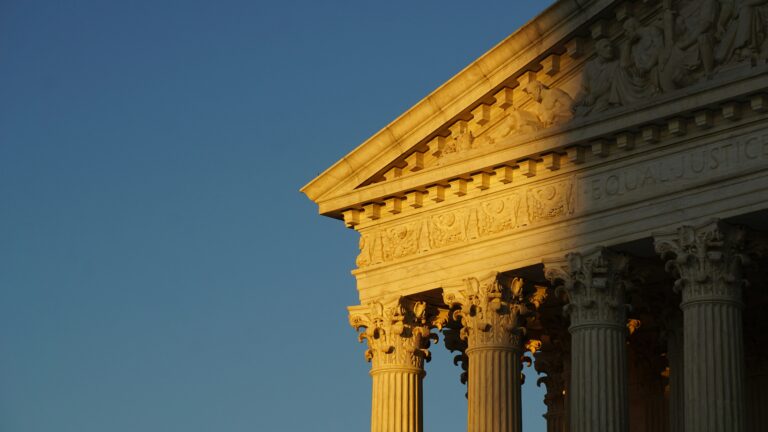
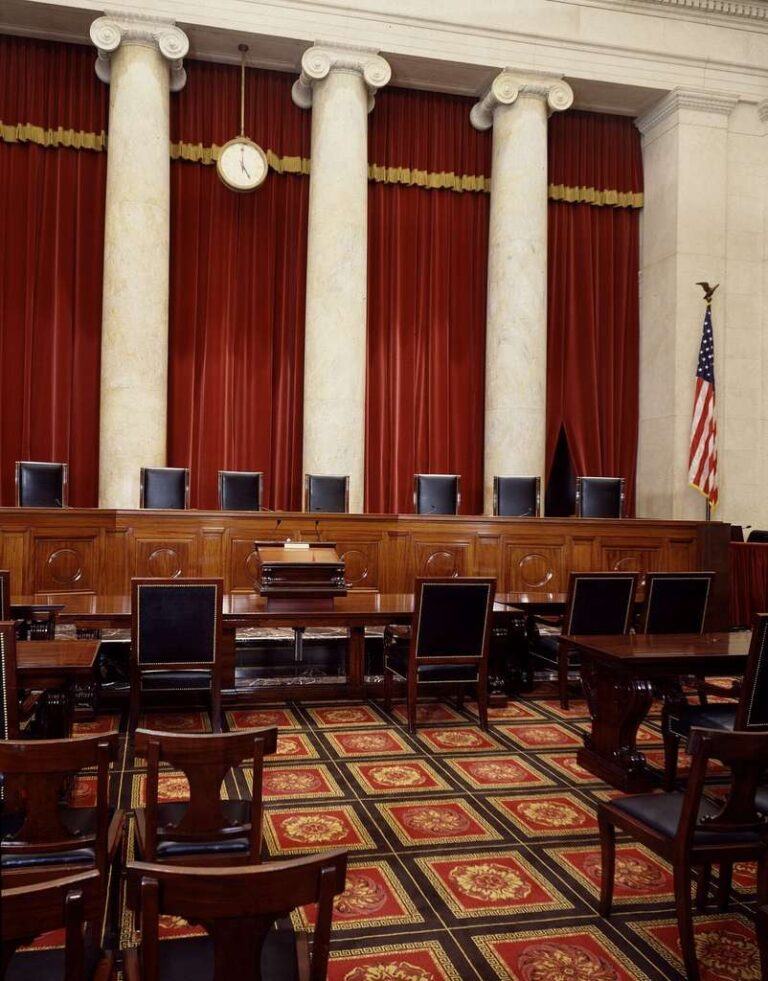


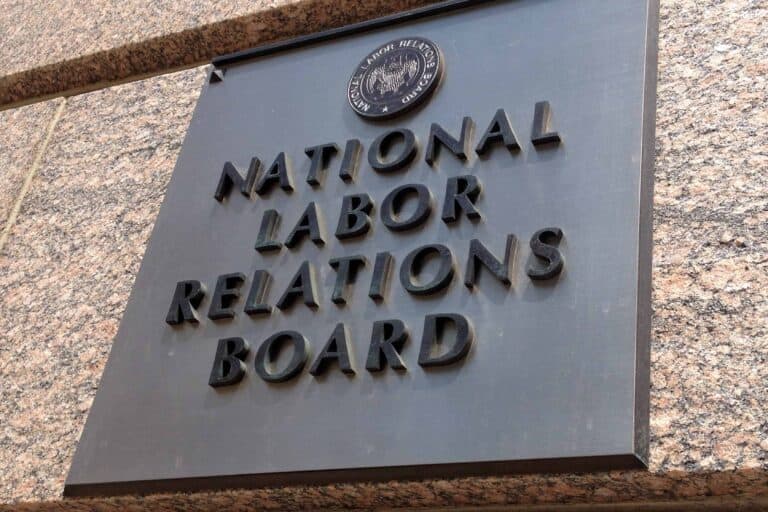
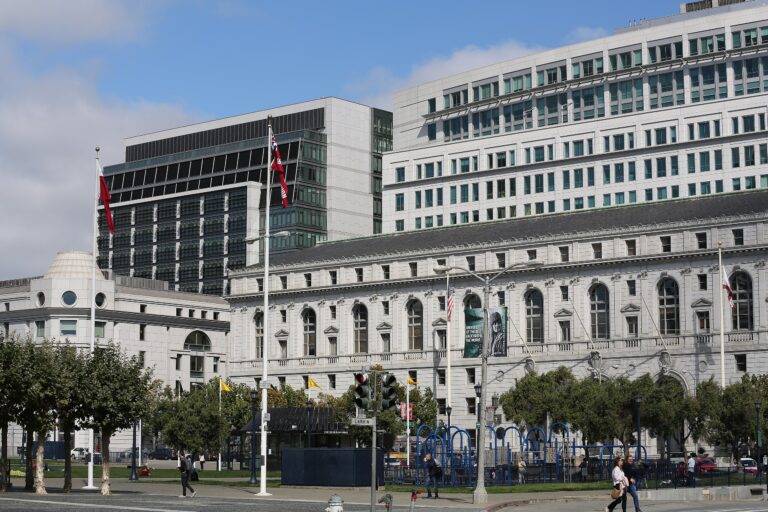


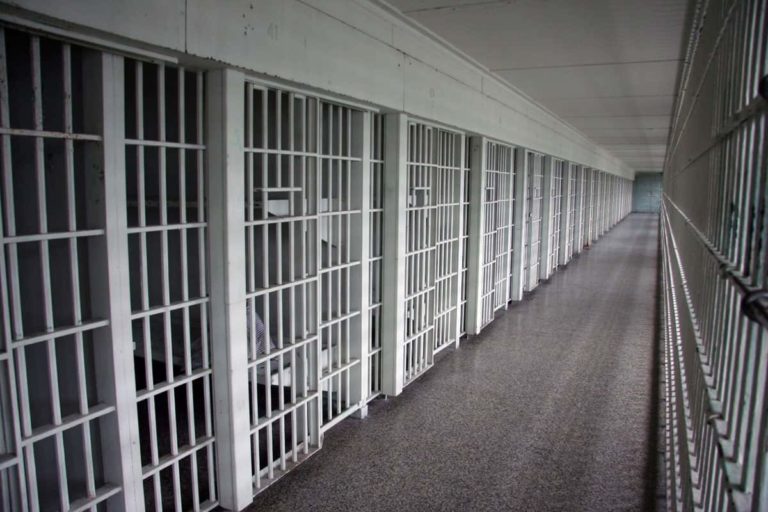
Daily News & Commentary
Start your day with our roundup of the latest labor developments. See all
October 5
In today’s news and commentary, HELP committee schedules a vote on Trump’s NLRB nominees, the 5th Circuit rejects Amazon’s request for en banc review, and TV production workers win their first union contract. After a nomination hearing on Wednesday, the Health, Education, Labor and Pensions Committee scheduled a committee vote on President Trump’s NLRB nominees […]
October 3
California legislation empowers state labor board; ChatGPT used in hostile workplace case; more lawsuits challenge ICE arrests
October 2
AFGE and AFSCME sue in response to the threat of mass firings; another preliminary injunction preventing Trump from stripping some federal workers of collective bargaining rights; and challenges to state laws banning captive audience meetings.
September 30
the NTEU petitions for reconsideration for the CFPB layoff scheme, an insurance company defeats a FLSA claim, and a construction company violated the NLRA by surveilling its unionized workers.
September 29
Starbucks announces layoffs and branch closures; the EEOC sues Walmart.
September 28
Canadian postal workers go on strike, and the Federal Bureau of Prisons cancels a collective bargaining agreement covering over 30,000 workers.